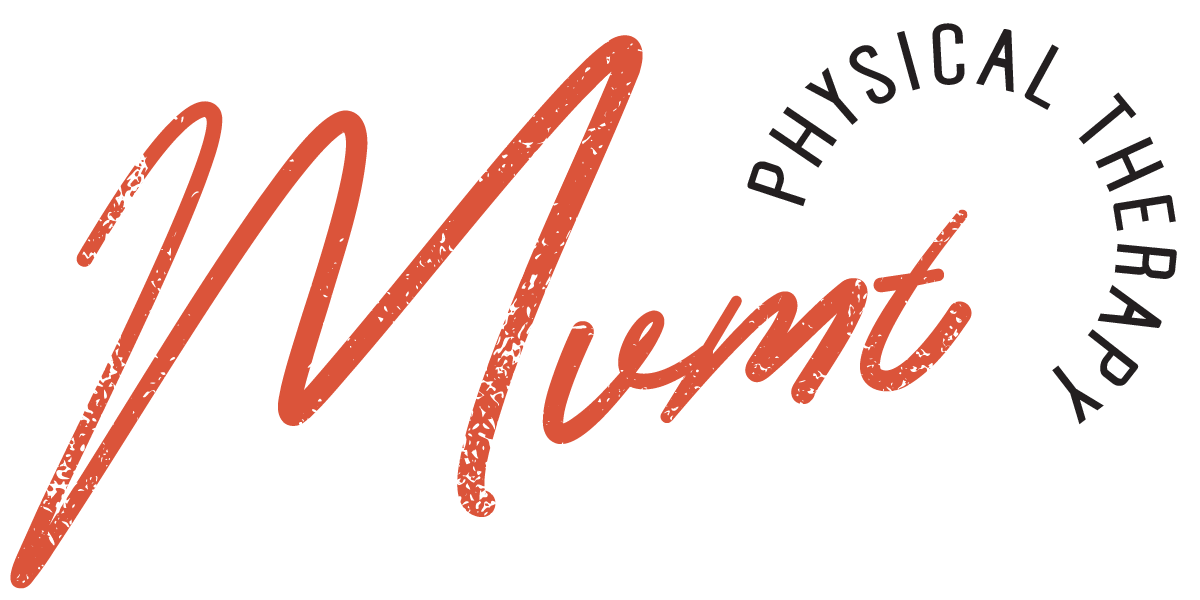Author - Anastasia Belikov, PT, Cert. MDT
Graduated with her DPT in 2017
https://www.linkedin.com/in/anastasia-belikov-pt24/
URL Copied!
The Gluteals
IN THE KNOW
Tuesday, October 24, 2023
The human body is a marvel of engineering, and the gluteal musculature is an integral component of its architecture. This group of muscles, which forms the buttocks, plays a pivotal role in human movement, stability, and aesthetics. Here's a dive into the anatomy, function, and significance of the gluteal muscles.
1. Anatomical Placement:
The gluteal region is located at the posterior aspect of the pelvis and upper thigh. The primary muscles that constitute this area are:
Gluteus Maximus: This is the largest and most superficial of the gluteal muscles. It spans from the ilium and sacrum of the pelvis and extends down to attach to the femur (thighbone) and the iliotibial band, a thick band of fascia that runs down the lateral thigh.
Gluteus Medius: Located just beneath the gluteus maximus, this muscle originates from the outer surface of the ilium and inserts into the greater trochanter of the femur.
Gluteus Minimus: This is the smallest of the three, lying beneath the gluteus medius. It also originates from the ilium and inserts into the greater trochanter of the femur.
2. Function of the Gluteal Muscles:
Movement: The primary role of the gluteal muscles is to facilitate movement. The gluteus maximus is a key player in hip extension and external rotation of the thigh. It becomes particularly active during activities like climbing, running, and jumping. The gluteus medius and minimus mainly assist in thigh abduction (moving the thigh away from the body's midline) and internal rotation. They also play a crucial role in stabilizing the pelvis during walking and running.
Stabilization: Beyond movement, the gluteal muscles provide stability to the pelvis and hip joint. When you stand on one leg, the gluteus medius and minimus of the standing leg work to prevent the opposite hip from dropping, ensuring an even pelvis.
Posture: Proper gluteal function aids in maintaining an upright posture, especially in activities that require prolonged standing or walking.
3. Why Are They Important?
Athletic Performance: Strong gluteal muscles enhance athletic performance in running, jumping, and other explosive movements. They also reduce the risk of injuries by ensuring proper biomechanics and joint alignment.
Daily Activities: From standing up from a chair to climbing stairs, the glutes play a role in numerous daily activities. Their function is vital for independent living, especially as we age.
Injury Prevention: Weak or imbalanced gluteal muscles can lead to various musculoskeletal issues like lower back pain, knee pain, and hip pain. Proper strength and conditioning of these muscles can prevent such complications.
In Conclusion
The gluteal musculature is not just about aesthetics; it's a powerhouse of strength and stability that underpins much of our daily movement and athletic endeavors. Maintaining their health and strength is essential for overall functionality, performance, and well-being. Regular exercises targeting the glutes can help in achieving optimal strength, flexibility, and function, leading to improved movement quality and reduced risk of injuries.



